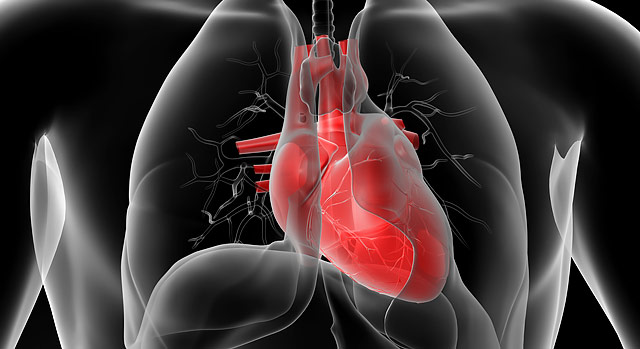The emergent percutaneous coronary intervention (PCI) of unstable plaques, compared to stable plaques, was associated with a better survival rate among patients with sudden cardiac arrest in a recent study by Dr. Louis Pechmajou et al. The results of the study were recently published in Circulation: Cardiovascular Interventions.
Sudden cardiac arrest is responsible for half of the cardiovascular-related deaths. Given the high prevalence of coronary artery disease among patients with cardiac arrest, it remains unclear whether emergent coronary intervention is of benefit in patients without evidence of coronary artery occlusion on the electrocardiogram tracing. The current clinical care, although not validated by clinical trials, includes a coronary angiogram within 2-hours of hospital admission in patients with non-ST segment elevation cardiac arrest without another known cause. In the COACT trial, immediate angiography after out-of-hospital arrest in persons without ST-segment elevations did not find significant differences between survival rates. However, whether plaque stability affects the outcome of PCI was not addressed in this study.
In this prospective 3-year registry of patients with sudden cardiac arrest, Pechmajou and colleagues evaluated the association between the type of coronary artery plaque and the survival rate at discharge after PCI. Briefly, the study included 1078 patients after the cardiac arrest who underwent immediate coronary angiography. Of the included individuals, the unstable and stable plaque was reported in 463 (42.9%) and 253 (23.5%), respectively. In total, 423 individuals with unstable lesions and 55 individuals with stable lesions underwent immediate PCI. Survival rate at discharge was two times higher among patients with unstable plaques having undergone PCI (47.9%) compared with patients with untreated unstable plaques (25.6%) (p=0.013). The results of the analysis remained significant even after adjustment for confounding variables (odds ratio:2.09 [95% CI:1.42–3.09]; P<0.001). Among patients with stable plaques, however, no significant differences were observed in post-discharge survival rates between those undergoing PCI and those treated conservatively (25.5% versus 26.3%, P=1.00), and the association remained insignificant after adjustment (odds ratio:0.92 [95% CI:0.44–1.87]; P=0.824). The investigators also reported chest pain, initial shockable rhythm, ST-segment elevation on electrocardiogram tracing, and absence of known coronary artery disease as the independent predictors of unstable lesions.
There are several caveats to take into account when interpreting the results of this study, as stated by the authors. First, the study was not randomized, and PCI was performed as a result of emergency medicine physician’s judgment. Second, unstable lesions were identified based on coronary angiography and no intracoronary imaging was performed.
Finally, the data from the study suggests that immediate PCI of unstable coronary artery lesions may improve the survival rate in the setting of sudden cardiac arrest. Future research is warranted to further confirm the results of this study.





